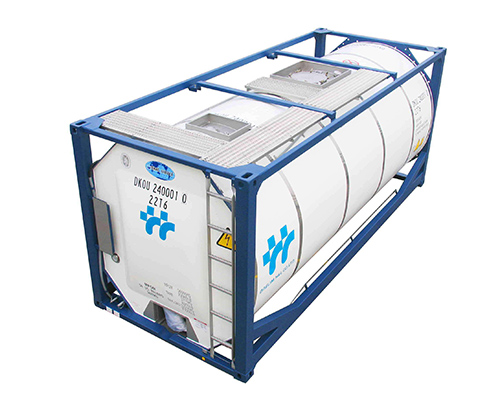
Yingkou Hengyang New Energy Chemical Co., Ltd.
Address: Xianren Island Energy and Chemical Zone, Yingkou City, Liaoning Province, via the west side of the Fourth Road
Zip code:115200
Telephone:18241754999
Fax:0417-6775999
E-mail:1313264@qq.com
Website:en.yingkouhengyang.com
Brief introduction of vinyl carbonate 1. The chemical name of ethylene carbonate esterification is 1,3-dioxacyclopentanone, also known as ethylene carbonate, ethylene glycol carbonate, abbreviated as ethyl carbonate (EC), which is an excellent polar solvent with high boiling point, surfactant raw material Sichuan and organic synthesis intermediates. Furazole was synthesized from EC abroad. Ketones, dimethyl carbonate (DMC), ethylene glycol (EG) functional polymers and modification of polymers are widely used in organic synthesis, and they are potential basic raw materials for green organic chemical industry. Vinyl carbonate can synthesize a variety of fine chemicals through transesterification reaction, which can be used in plastics, printing and dyeing, polymer synthesis, gas separation and electrochemistry, etc. The market potential is huge. Especially in recent years, the emergence and application of new synthetic process of vinyl carbonate have made vinyl carbonate cheaper and easier to obtain, which is no longer completely restricted by raw materials. At the same time, aliphatic polycarbonate and its copolymers containing carbonate monomers have begun to be used as biodegradable materials, which makes the research in this field more attention to its derivatives. Development has more practical value. Polycarbonate polyols formed by transesterification and ring-opening polymerization can synthesize surfactants or react with isocyanate to form polyurethane materials. Therefore, it is of great significance to study the synthesis methods of vinyl carbonate and its derivatives and develop green solid catalysts to improve the output and quality of the follow-up products of vinyl carbonate. 2. The physical properties and application EC of 2.1 vinyl carbonate are colorless acicular crystals with melting point of 34-37 C, boiling point of 246.7 C, relative density of 1.32, flash point of 152 C and dielectric constant of 96c/v.m. EC can be miscible with ethanol, ethyl acetate, benzene, chloroform and hot water (40). It is also soluble in ether, butanol and carbon tetrachloride. Vinyl carbonate is a strong polar solvent, which has great solubility to carbon dioxide, hydrogen sulfide and some organic sulfur, but has much less solubility to hydrogen, nitrogen, carbon monoxide, methane, oxygen and other gases, and low energy consumption for regeneration. It has been widely used as a decarbonizer in natural gas, synthetic gas and hydrogen industry. The company uses alkali metal halide, tertiary amine and metal oxide EC and PC mixed solvents to remove acidic gases, with a high absorption and analysis rate. E C has a great affinity with ethylene oxide. The U.S. company D ow uses E C instead of water as the absorbent of ethylene oxide, which greatly reduces energy consumption. Vinyl carbonate is also a good solvent for polyphthalamide, polypropylene acrylic, bisphenol resin and other polymers. It is used as fiber finishing agent and other processing aids. In petrochemical industry, the extraction efficiency of liquid petroleum fraction by E C is better than that by ethylene glycol. In the capacitive battery industry, the mixed solution of E C and propylene carbonate has high dielectric constant and can be used as electrolyte for lithium ion batteries. In western developed countries, water glass slurry containing E C is used instead of acrylamide and urea slurry which are harmful to the environment. 2.2 The chemical properties and applications of vinyl carbonate depend on the structure of E C, the nucleophilicity of reagents and the reaction temperature. There are two ways for nucleophilic reagents to attack the carbon atoms of E C: (a) to attack the carbon atoms of alkenes, resulting in the breaking of the alkoxy bond, and to release the carbon dioxide (b) to attack the carbon atoms of carbonyls, resulting in the breaking of the acyl-oxygen bond. A variety of chemical reactions produce a variety of compounds.
